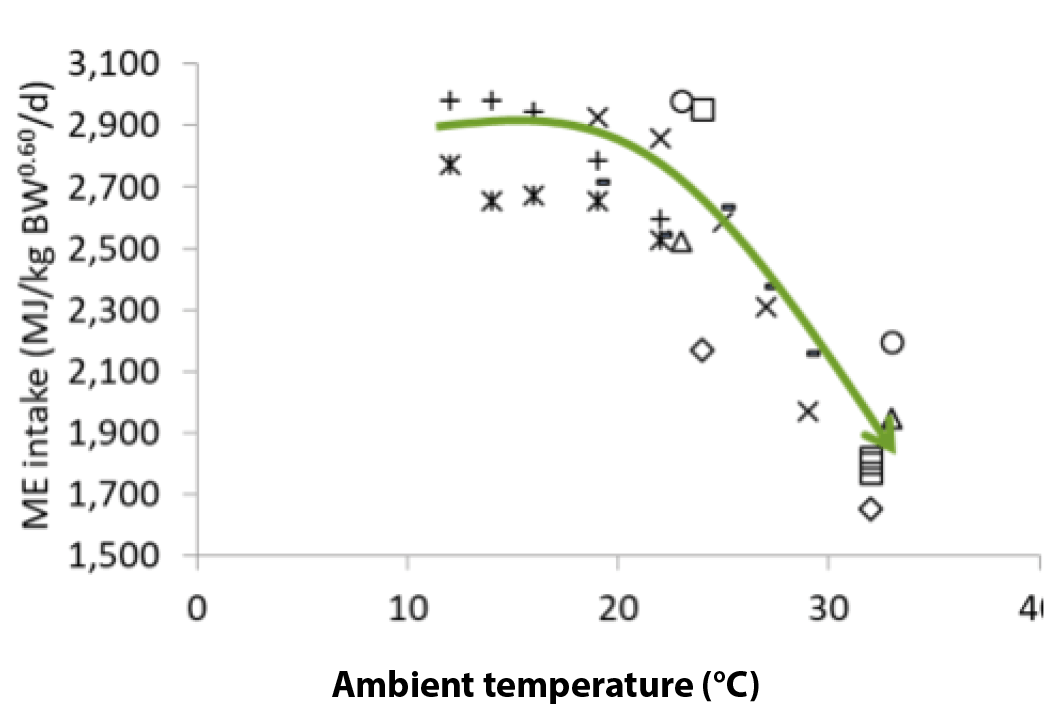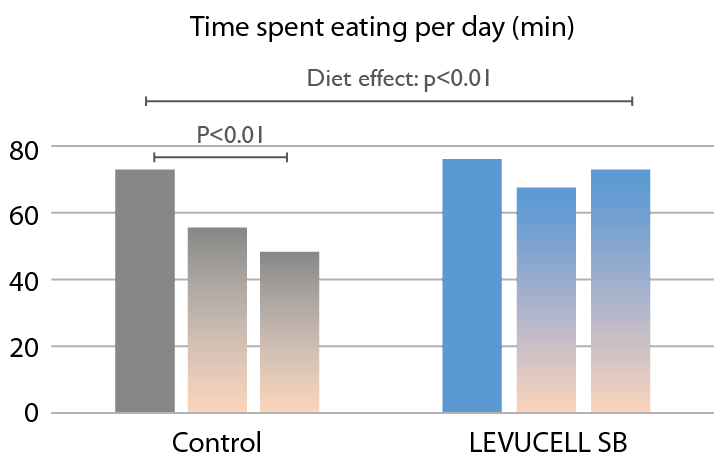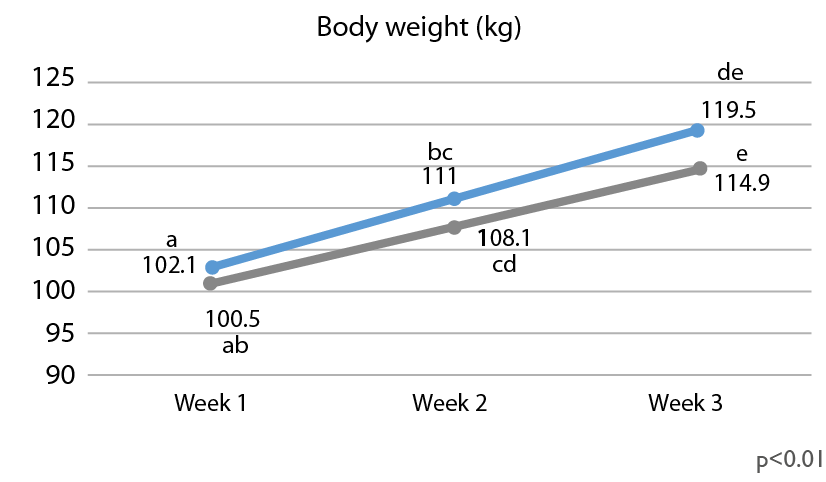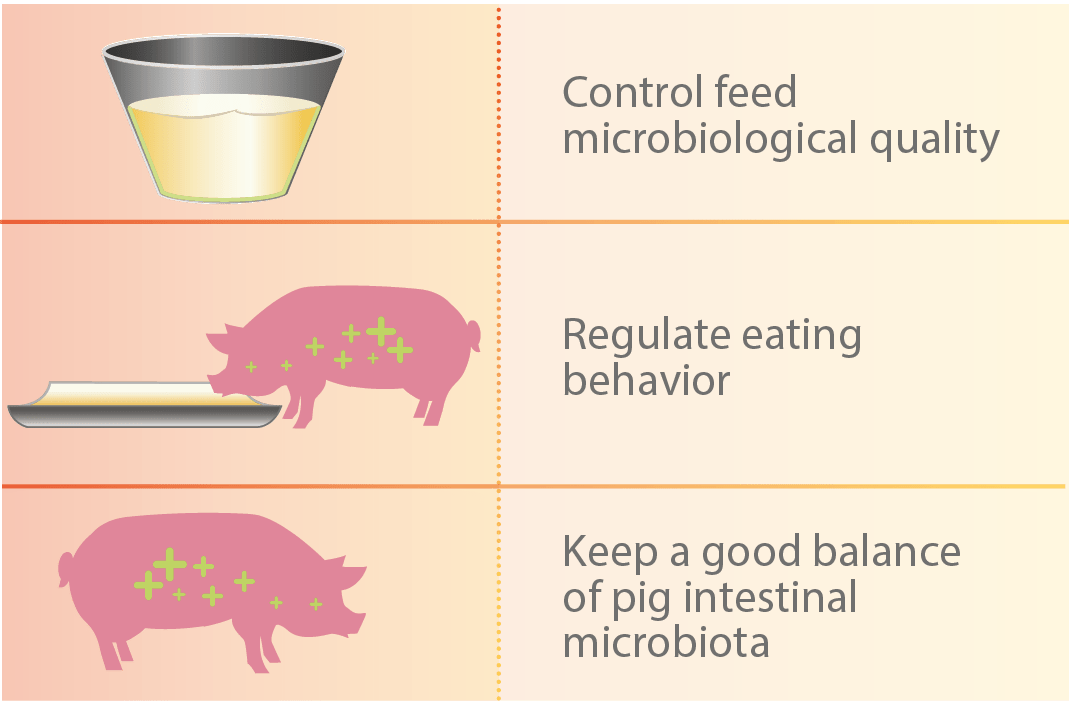Blog | Reading Time 3 minutes
Keep fattening pigs cool this summer!
Above 20°C fattening pigs’ growth is reduced
Fattening pigs naturally have a limited thermoregulation capacity: they have no functional sweating glands and their main way to dissipate heat is through panting with increased breathing rate. Their thermal comfort zone is 14 to 20°C. Modern pig genotypes produce even more heat than their predecessors: the more productive an animal is, the more heat they produce, and the less tolerant they are to external heat. Heat stress in fattening pigs causes a significant decrease in growth rate.
Overall, pigs try to combat the excess of heat through two methods:
- Increasing heat dissipation: Pigs lie on the ground trying to maximize their body surface in contact with it. They also increase their breathing rate by panting, which increases water evaporation in the lungs.
- Reducing heat production: All metabolic processes, including feed intake, digestion, and nutrients absorption, generate heat. Thus, pigs will reduce their feed intake (Figure 1) to decrease the amount of heat they need to dissipate. In pigs weighing more than 50 kg, this decrease in feed consumption starts when the effective temperature exceeds 20ºC.

Fig 1. Effect of ambient temperature on metabolizable energy intake in growing-fattening pigs. Labussiere et al., 2016
How probiotic yeast can help?
The probiotic yeast Saccharomyces cerevisiae var. boulardii CNCM I-1079 has proven positive effects on pigs’ microbiota regulation, intestinal structure, and natural defense. A trial performed with fattening pigs introduced in metabolic chambers at INRAE St. Gilles, in France, shows that the live yeast supplementation reduces the impact of heat stress on pigs’ growth performance and eating behavior, helping the pigs to adapt to the heat stress conditions.
Pay attention to liquid feed quality
Not only does excessive heat reduce feed intake and impact digestion, but, when the farm uses liquid feeding, the microbiological quality of the feed can be altered. Undesirable fermentations can kick in as the feed temperature rises. This can lead to feed refusals. It is also one of the factors involved in the onset of Porcine Intestinal Distension Syndrome (PIDS). PIDS is often described as summer mortality. There is no treatment or effective solution to treat it. Prevention strategies should consider various factors linked to nutrition:
- Control the feed microbiological quality
- Regulate eating behavior
- Keep a good balance of pig intestinal microbiota
Pediococcus acidilactici CNCM I-4622 (MA 18/5 M)- BACTOCELL is a probiotic lactic acid bacteria that can help control liquid feed microbiota and maintain the good health of fattening pigs.
To know more about pig liquid feed systems and the action of BACTOCELL, watch the video:
Published Jul 15, 2021 | Updated May 30, 2023
Related articles
Need specific information?
Talk to an expert

